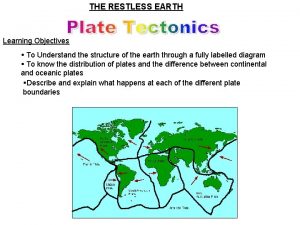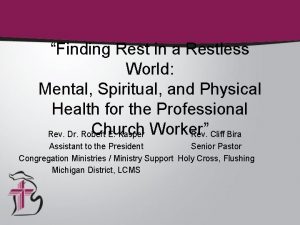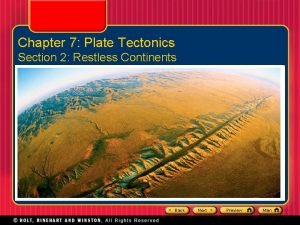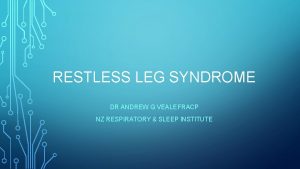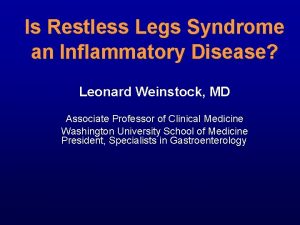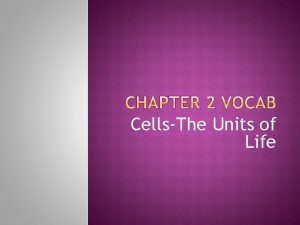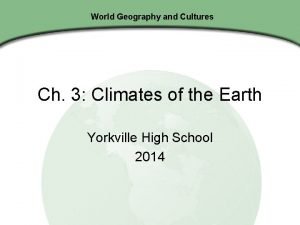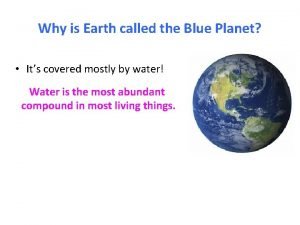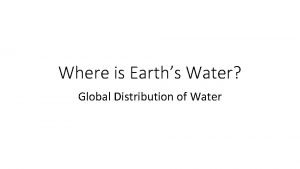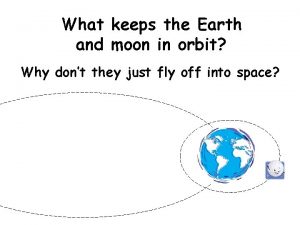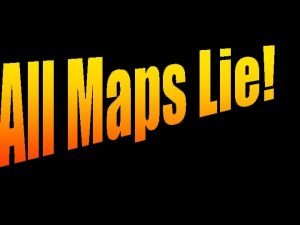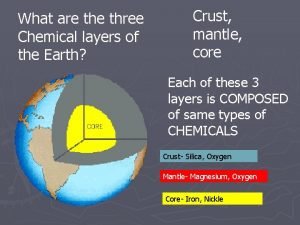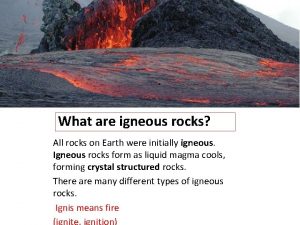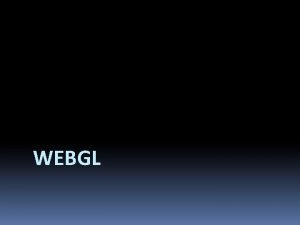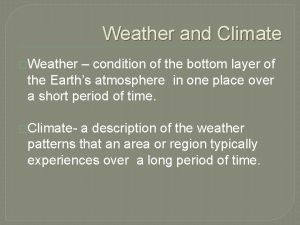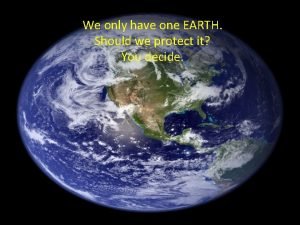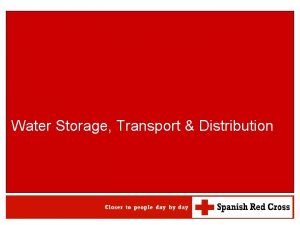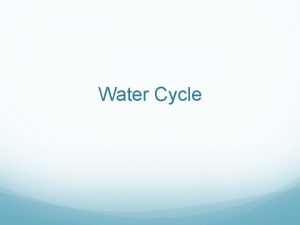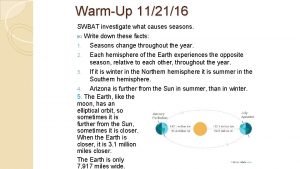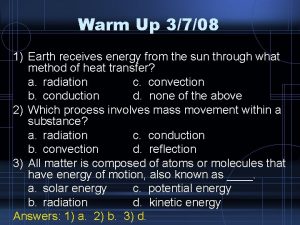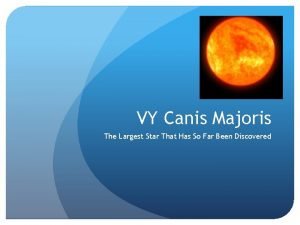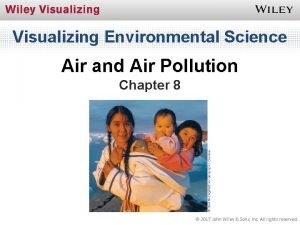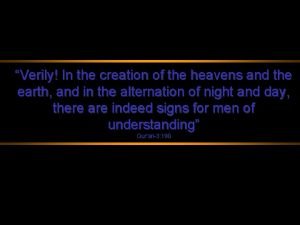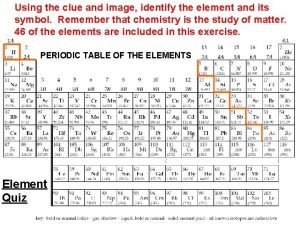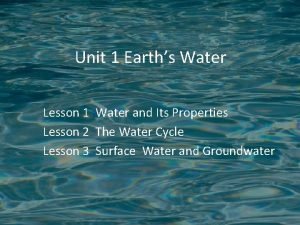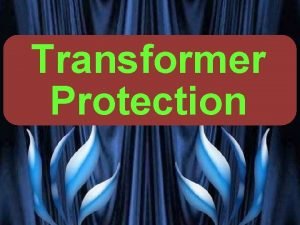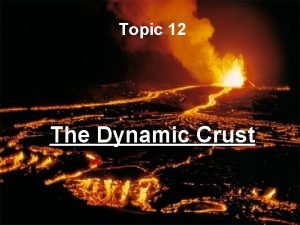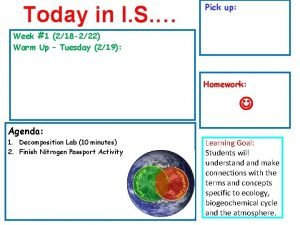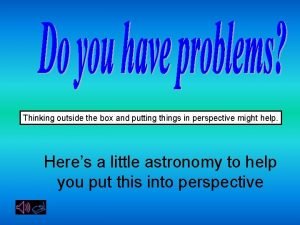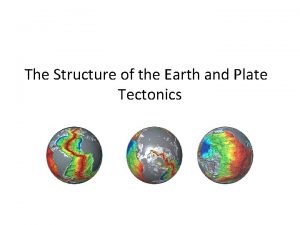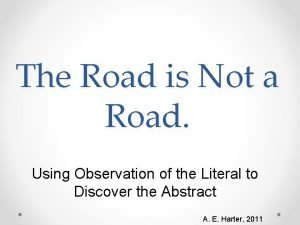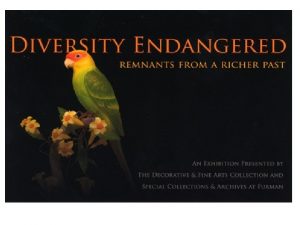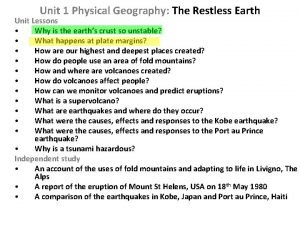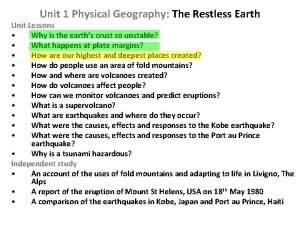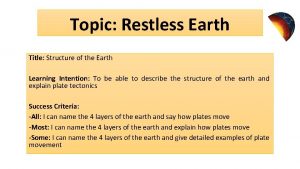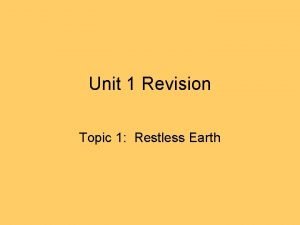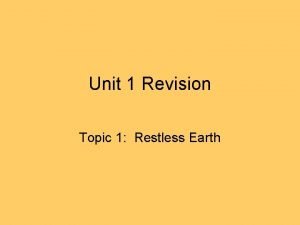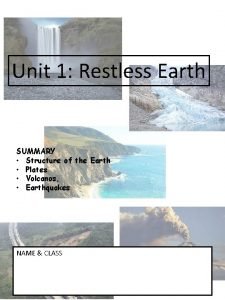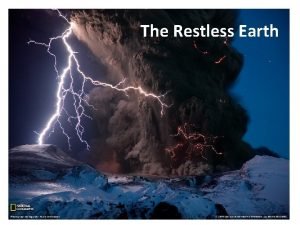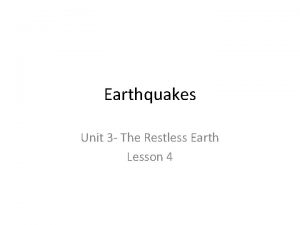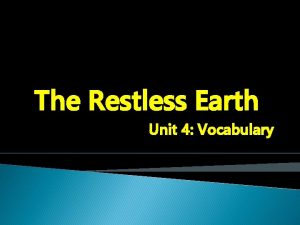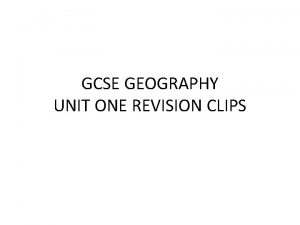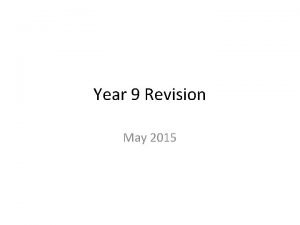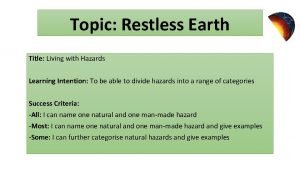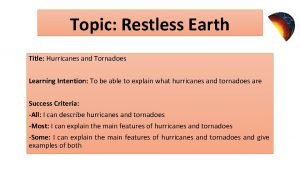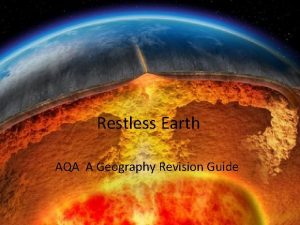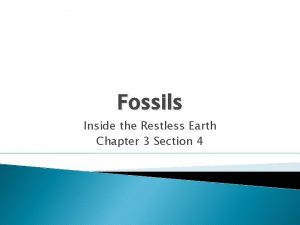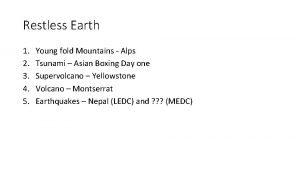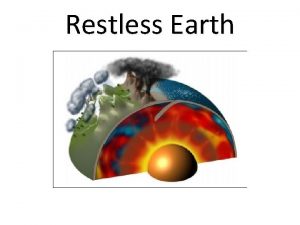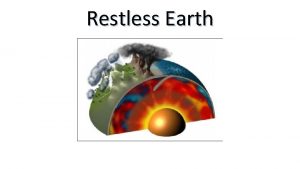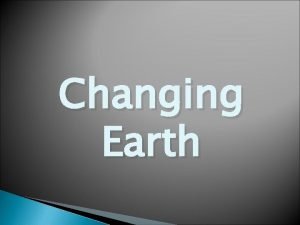Unit 4 The Restless Earth How do we






















































































- Slides: 86

Unit 4 The Restless Earth

How do we know about the Earth’s Interior? n. Seismic waves: vibrations that travel through the Earth n. Changes in the speed and direction of seismic waves determine the locations and properties of the Earth’s interior

The Layers of the Earth


Layers of the Earth n. The three main layers of the Earth are: Crust Mantle Core (Outer and Inner)




Crust n. Thin, solid outermost layer n. Two types: Oceanic and Continental

Mantle n. Layer between the crust and the core n. Makes up almost 2/3 of the Earth’s mass

Core n. The central part of the Earth below the mantle n. Composed mainly of iron and nickel n. Outer: dense liquid n. Inner: rigid solid


The Earth as a magnet… Scientists hypothesize that motions within the core and the spinning Earth produce electric currents

Structural Zones of the Earth n. The structural zones of the Earth are: n. Lithosphere n. Asthenosphere n. Mesosphere

Lithosphere nsolid, outer part that consists of the crust and the rigid upper part of the mantle

Asthenosphere nbeneath the lithosphere and due to enormous heat and pressure the solid rock has the ability to flow, tectonic plate movement happens here n. Plasticity: the ability of rock to flow

Mesosphere n“middle sphere”, strong part of the lower mantle between asthenosphere and the outer core


Think!!! The world as a puzzle?


Theory of Plate Tectonics � Revolutionized geologists' understanding of continents, ocean basins, mountains, and earth history � Literally, plates moving, colliding, pulling apart, and creating features

Alfred Wegener (1880 -1930) German geologist and meteorologist 1915 he proposes the idea of continental drift Continental drift: states that the continents once formed a single landmass, broke up, and drifted to their present locations

Continental Drift � States that parts of the Earth's crust slowly drift atop a liquid base (asthenosphere) � Map coastlines, fossil record, climatic plant life and rock formations support theories of continental drift and plate tectonics.





200 million years ago

Pangaea • means “all earth” • simply put, all the continents were once connected

Today

The Break-Up � Two large distinct land masses � Northern portion: Laurasia � Southern Portion: Gondwanaland

Laurasia �Northern portion: consisting of modern day North America, Europe, and Asia

Gondwanaland �Southern portion: consisting of modern day South America, Africa, Antarctica, Australia



Then versus Now Vs.

Panthalassa � � "All seas“ Defined as the super-ocean that existed on Earth durin the time of the super-continent Pangaea

Fossil Evidence: Mesosaurus �Four-legged �Elongated head and snout with nostrils near its eyes �Flattened tail used for swimming �One of the first reptiles �Fossils have been found in South Africa and South America

Glossopteris � Means “tongue”, because the leaves were tongue shaped � Fossils are found throughout India, South America, southern Africa, Australia, and Antarctica � Wide distribution of this fossil

Rock Formations � Ages and types of rocks in coastal regions matched up


Plate Boundaries �Convergent (collide) �Divergent (divide) �Transform (slide by)


Convergent


Subduction Zone Oceanic and Continental � Masses of the spreading oceanic crust bend downward into the continental crust

Magma �Liquid rock produced under Earth’s surface


Two Types of Magma Mafic: Hot, quiet, fluid like eruptions Mainly oceanic volcanoes, dark in color, rich in magnesium and iron Forms pahoehoe lava (rope-like)

Mt. Kilauea


Two Types of Magma Felsic: Cooler, Stickier, Violent eruptions Continental Volcanoes, light in color, rich in silicates Forms blockier lava


Volcanism �Any activity that includes the movement of magma toward or onto the Earth’s surface

Lava � Magma that flows onto the Earth’s surface, the rock that forms when lava cools and solidifies



Volcano � An opening (vent or fissure) in the Earth’s surface through which magma and gases are expelled

Types of Eruptions Viscosity: or resistance to flow of magma affects the force at which a volcano will erupt Which is more viscous felsic or mafic: Felsic



Divergent (Where new crust is formed)

Seafloor Spreading � molten rock (magma) oozes up from the Earth's interior along the mid-oceanic ridges, creating new seafloor that spreads away from the active ridge crest and, eventually, sinks into the deep oceanic trenches

Mantle Convection Think density!: Temperature Differences

Hot Spot Volcano Hot, solid rock rises to the hot spot from great depths Rock begins to melt, forming magma Magma rises through the Pacific Plate to supply the active volcanoes � The older islands were once located above the stationary hot spot but were carried away as the Pacific Plate drifted to the northwest. � � �



Transform (Where two plates slide against each other. ) � two plates move against each other, building up tension � tension is released in a sudden and often violent jerk � sudden jerk creates an earthquake � San Andreas Fault is the most famous transform boundary in the world. To the west of the fault is the Pacific plate, which is moving northwest. To the east is the North American Plate, which is moving southeast.




Earthquakes � movement or trembling of the ground that is caused by a sudden release of energy when rocks a long a fault move, the result of stress



Focus and Epicenter �Focus: location in the earth where earthquake starts �Epicenter: point on Earth’s surface directly above the focus

Differences of Foci Shallow focus: usually more damage, vibrations (energy) reach surface Deep focus: vibrations (energy) dissipate before reaching surface


2004 Indian Ocean Tsunami killed 250, 000 People


Seismic Waves rocks release of energy in the form of vibrations � � Think of dropping a stone in a pond.

Two Types of Waves “Body Waves and Surface Waves” Body travel: travel through the medium the bulk of an object Surface: travel on the surface (outer layer) duh!

Body Waves P waves: (fastest) “Primary”, first to be detected, travel through solids, liquids, and gases S waves: (second fastest) Secondary travel only through solids, side to side

Surface Waves “Rayleigh and Love” Rayleigh: like waves of the ocean, up and down rolling motion Love: like S waves

Recording Earthquakes Seismograph: An instrument that records vibrations in the ground

Earthquakes Magnitude � The measure of the strength of an earthquake (measuring the amount of ground movement, commonly called the Richter Scale) � Recorded in numerical value--- the higher the number, the greater the earthquakes magnitude � Magnitudes of less than 2. 5 usually are not felt by people.

 The crust of the earth is unstable and restless
The crust of the earth is unstable and restless Restful vs restless
Restful vs restless Chapter 7 section 2 restless continents answer key
Chapter 7 section 2 restless continents answer key Restless leg syndrome nz
Restless leg syndrome nz Restless leg synd
Restless leg synd The rime of the ancient mariner part 3
The rime of the ancient mariner part 3 Unit 6 review questions
Unit 6 review questions Hát kết hợp bộ gõ cơ thể
Hát kết hợp bộ gõ cơ thể Ng-html
Ng-html Bổ thể
Bổ thể Tỉ lệ cơ thể trẻ em
Tỉ lệ cơ thể trẻ em Voi kéo gỗ như thế nào
Voi kéo gỗ như thế nào Chụp phim tư thế worms-breton
Chụp phim tư thế worms-breton Chúa yêu trần thế
Chúa yêu trần thế Kể tên các môn thể thao
Kể tên các môn thể thao Thế nào là hệ số cao nhất
Thế nào là hệ số cao nhất Các châu lục và đại dương trên thế giới
Các châu lục và đại dương trên thế giới Công thức tính độ biến thiên đông lượng
Công thức tính độ biến thiên đông lượng Trời xanh đây là của chúng ta thể thơ
Trời xanh đây là của chúng ta thể thơ Mật thư tọa độ 5x5
Mật thư tọa độ 5x5 Làm thế nào để 102-1=99
Làm thế nào để 102-1=99 Phản ứng thế ankan
Phản ứng thế ankan Các châu lục và đại dương trên thế giới
Các châu lục và đại dương trên thế giới Thể thơ truyền thống
Thể thơ truyền thống Quá trình desamine hóa có thể tạo ra
Quá trình desamine hóa có thể tạo ra Một số thể thơ truyền thống
Một số thể thơ truyền thống Bàn tay mà dây bẩn
Bàn tay mà dây bẩn Vẽ hình chiếu vuông góc của vật thể sau
Vẽ hình chiếu vuông góc của vật thể sau Thế nào là sự mỏi cơ
Thế nào là sự mỏi cơ đặc điểm cơ thể của người tối cổ
đặc điểm cơ thể của người tối cổ Thế nào là giọng cùng tên?
Thế nào là giọng cùng tên? Vẽ hình chiếu đứng bằng cạnh của vật thể
Vẽ hình chiếu đứng bằng cạnh của vật thể Tia chieu sa te
Tia chieu sa te Thẻ vin
Thẻ vin đại từ thay thế
đại từ thay thế điện thế nghỉ
điện thế nghỉ Tư thế ngồi viết
Tư thế ngồi viết Diễn thế sinh thái là
Diễn thế sinh thái là Dot
Dot Số nguyên tố là gì
Số nguyên tố là gì Tư thế ngồi viết
Tư thế ngồi viết Lời thề hippocrates
Lời thề hippocrates Thiếu nhi thế giới liên hoan
Thiếu nhi thế giới liên hoan ưu thế lai là gì
ưu thế lai là gì Hổ sinh sản vào mùa nào
Hổ sinh sản vào mùa nào Sự nuôi và dạy con của hươu
Sự nuôi và dạy con của hươu Hệ hô hấp
Hệ hô hấp Từ ngữ thể hiện lòng nhân hậu
Từ ngữ thể hiện lòng nhân hậu Thế nào là mạng điện lắp đặt kiểu nổi
Thế nào là mạng điện lắp đặt kiểu nổi What unit of size are the smallest organisms found on earth
What unit of size are the smallest organisms found on earth Surplus keuangan adalah
Surplus keuangan adalah Right triangle trigonometry examples
Right triangle trigonometry examples English unit conversions
English unit conversions Unit test algebra 2
Unit test algebra 2 Contoh unit cost rekam medis
Contoh unit cost rekam medis Unit process and unit operation
Unit process and unit operation Difference between unit process and unit operation
Difference between unit process and unit operation Setiap unit akuntansi dianggap sebagai unit yang mandiri
Setiap unit akuntansi dianggap sebagai unit yang mandiri World geography chapter 3 climates of the earth answers
World geography chapter 3 climates of the earth answers Paragraph about earth
Paragraph about earth Water distribution on earth
Water distribution on earth Why doesn't the moon fall on earth
Why doesn't the moon fall on earth Accurate representation
Accurate representation Chemical layers of the earth
Chemical layers of the earth Initially all rocks on earth were
Initially all rocks on earth were Google maps webgl
Google maps webgl A pattern of meteorological symbols that represent weather
A pattern of meteorological symbols that represent weather Earth latitude zones
Earth latitude zones We have only one earth let's protect it
We have only one earth let's protect it Water storage on earth
Water storage on earth What is this picture
What is this picture Seasonal changes diagram
Seasonal changes diagram When earth receives energy from the sun, ____.
When earth receives energy from the sun, ____. Canis majoris size
Canis majoris size The atmosphere protects earth from
The atmosphere protects earth from Verily in the creation of the heavens and earth
Verily in the creation of the heavens and earth Strongest element on earth
Strongest element on earth Lesson 1: earth’s water
Lesson 1: earth’s water What is restricted earth fault protection
What is restricted earth fault protection Earth's dynamic crust and interior topic 12
Earth's dynamic crust and interior topic 12 What is the earth's atmosphere made of
What is the earth's atmosphere made of Earth without clouds
Earth without clouds What does the earths tilt cause
What does the earths tilt cause Tectonic plates move
Tectonic plates move Visions of earth
Visions of earth Earth from 4 billion miles away
Earth from 4 billion miles away Clock analogy of earth's history
Clock analogy of earth's history
